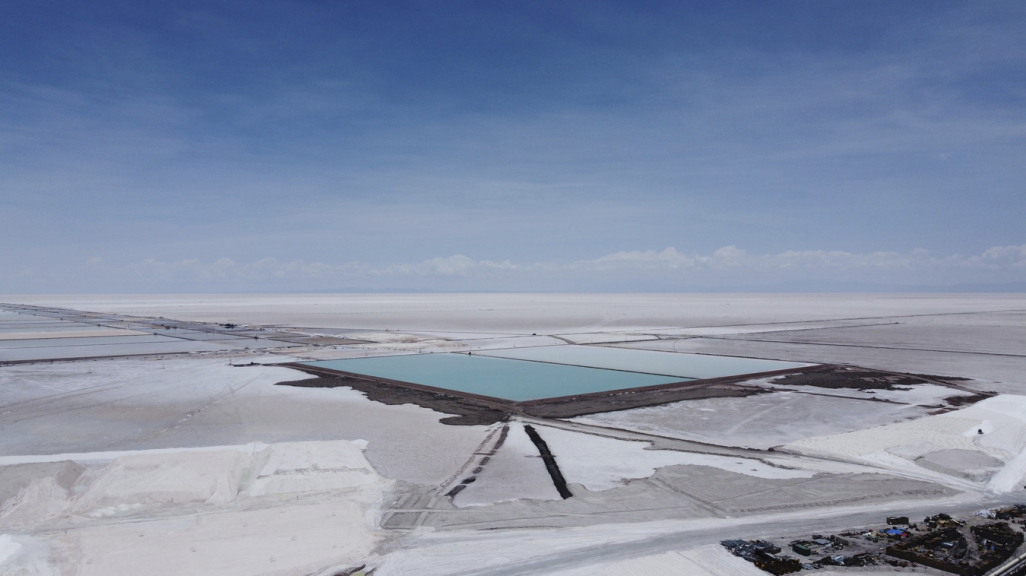LatAm in Focus: Can Rodrigo Paz Unearth Bolivia's Lithium Potential?
LatAm in Focus: Can Rodrigo Paz Unearth Bolivia's Lithium Potential?
Texas A&M's Diego von Vacano traces a history of political and economic obstacles stifling the sector and outlines the path ahead for the new president.
"Why are there people, families, with nothing to eat today if we were so rich with gas and lithium?" Bolivia's new President Rodrigo Paz posed the weighty question in his November 8 inaugural speech. Before national legislators and international dignitaries, he questioned his two immediate predecessors: "Where is the lithium, Evo? Where is the lithium, Arce?"
Trapped beneath the Salar de Uyuni, a salt desert in Bolivia’s southwest Potosí department, lies what is thought to be the world's largest lithium reserve. Estimates indicate Bolivia is home to more than a fifth of global reserves, meaning some 23 million tons of a critical mineral that could fuel the world's energy transition. For decades, it has been touted as the landlocked country’s ticket to economic prosperity. Still, the vast majority remains underground.
As Bolivia weathers a turbulent period in which dwindling natural gas revenue has diminished foreign exchange reserves and, in turn, led to shortages of food and fuel, can the new government finally leverage lithium to energize the country's sluggish economy?
Article text by Khalea Robertson.
Paz won over disillusioned voters in the October runoff but faces a challenging economic scenario when he takes the reins in November.
Subscribe to Latin America in Focus, AS/COA's podcast focusing on the latest trends in politics, economics, and culture throughout the Americas.












